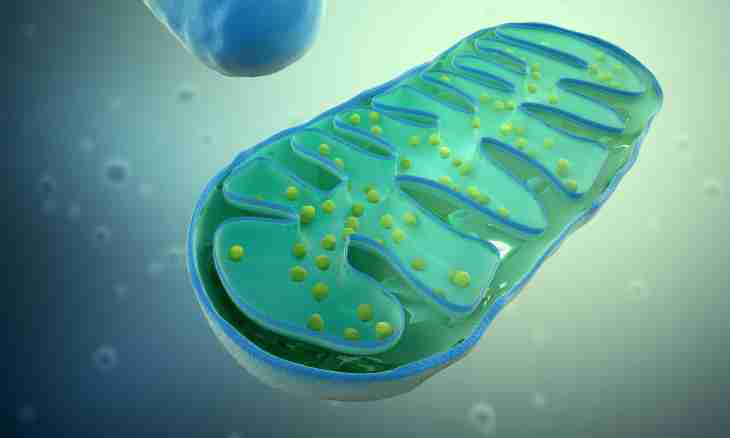Granules of mitochondrions were for the first time found in muscle cells in 1850. Their number in fabrics is changeable. Except percentage in cages, they can differ also by the sizes, a form and proportions.
Instruction
1. Mitochondrions (from Greek μίτος – thread, χόνδρος – a grain, a kernel) are the organelles of a cage participating in processes of cellular respiration and reserving energy in the form of molecules ATP. In the form of ATP the energy becomes available to power expenses of a cage.
2. Mitochondrions are almost in all eukaryotic cells, except erythrocytes of mammals and some parasitic protozoa. The quantity of these organelles in a cage can be from units, as at spermatozoa, some protozoa and seaweed, to many thousands. The number of mitochondrions in the cages needing large power supplies is especially big. At animals it is muscle tissues, cells of a liver.
3. Mitochondrions usually have the spherical, oval or rhabdoid forms, but in neurons, for example, they have the form of threads, and at some mushrooms it is branched huge "power stations".
4. Despite distinction of forms, at all mitochondrions essentially similar, unified plan of the building. Like plastids, these organelles consist of two membranes: the external membrane smooth, and internal is presented by numerous folds, partitions and ledges. Folds of an internal membrane of mitochondrions are called crosses. They have a big general surface, and on them there are processes of cellular oxidation.
5. As well as plastids in plant cells, mitochondrions have own genetic device. Their DNA, as well as at prokariot, is presented by a ring chromosome. It allows to assume that ancestors of mitochondrions were free living nuclear-free organisms which passed to a parasitic way of life subsequently or entered symbiosis from eukariota, and then at all became an integral part of their cages.
6. Besides DNA, mitochondrions have own RNA and ribosomes. Before cell division or at intensive expenditure of energy by it the number of mitochondrions as a result of their division increases to cover growing (or only coming) the needs of a cage for energy. If the need for energy is small, the number of these organelles decreases.

